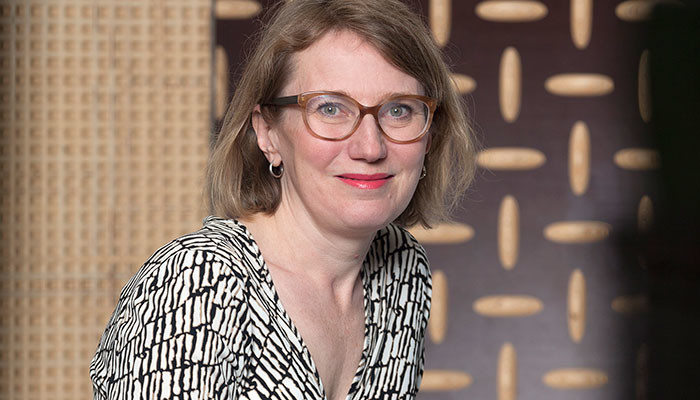Even researchers should embrace the practice
Professor Pirjo Sanaksenaho from the Department of Architecture hopes to see an architect’s basic labour – design – feature more prominently in future doctoral dissertations in architecture.

Professor of architecture Pirjo Sanaksenaho, 51, completed her dissertation last year on modern homes and the single-family house ideals in the 1950s and 1960s.
The idea for the dissertation started when Sanaksenaho was in the process of building her own house in Espoo at the beginning of the 2000s. She and her husband, architect Matti Sanaksenaho, designed a bright, open house for their family of five. The house is built around an old, tall oak tree on the property.
“I began to ponder why the small houses designed by architects differed so starkly from the manor-like prefabricated houses that were popular at the time. I wondered where the trend began.”
Sanaksenaho studied how the media wrote about small houses in the 1950s and 1960s. Stories in the papers had an educational quality to them – experts giving advice on what a home should be like.
‘These days, information flows from peer to peer. Living is individualistic. The architecture of one’s home is also a venue for self-actualisation.’
Design dissertations
Sanaksenaho has taught future architects since the beginning of the 2000s. She became a professor in 2014. While working at the university, she has also maintained an architecture firm along with her husband. Their work can be seen, for example, in St. Henry’s Ecumenical Art Chapel in Turku, constructed in 2005.
Dissertations are rarer in architecture than in other fields of technology, according to Sanaksenaho, as most architects head straight to work following graduation. Those who pursue postgraduate studies also often have experience from an architecture office before they begin research work.
‘There is nothing wrong with this, of course. One’s understanding about the profession is deepened by practical experience. Working teaches an architect to fit together multiple viewpoints, accommodating the user of the building, the authorities and the builder.’
The professor would like to see future dissertations place a greater emphasis on design, the basic labour of an architect. There are plenty of examples of design-focused dissertations available in the other departments of the Aalto University School of Arts, Design and Architecture.
Duties of an expert
Sanaksenaho believes doctoral graduates in architecture have much to offer society.
‘We must share our expertise, participate in the public discourse around architecture. On the other hand, a dissertation should always produce new knowledge. This knowledge could be crucial to the work of other architects. Architects who hold positions in government, municipalities and businesses transfer their research knowledge to their places of employment. Dissertations could well affect our everyday environments’, she explains.
Time will tell what shape future research takes. Sanaksenaho sees the department’s growing internationality playing a role in dissertations as well. Roughly twenty international master’s students join the department every year, while exchange students number 40.
‘Something new, something that changes the world can be born when cultures and different ways of doing come together’, she says.


